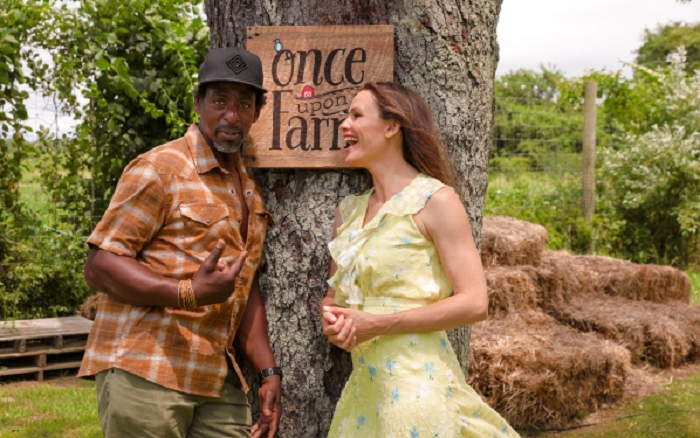Agroforestry at 40: How Tree-Farm Science Has Changed the World
/PEOPLE TERRACING SLOPING LAND TO CONTROL SOIL EROSION. PHOTO COURTESY OF CCAFS.
Agroforestry at 40: How Tree-Farm Science Has Changed the World
“Agroforestry” – the practice of having trees as part of farms – is as old as agriculture itself. But as a field of scientific enquiry and policy making, it’s now marking its 40th birthday.
In 1978 the International Council for Research in Agro-Forestry was created to document the use of trees on farms – as a source of income, food and for a healthy environment – and spread information about it. Research gradually became a stronger focus and today it is known as the World Agroforestry Centre.
It’s an important area of research because more than 40% of the worlds’ agricultural lands have at least 10% tree cover. Because the interactions between trees, soils, crops and livestock can be positive or negative, their relationship must be balanced and understood.
To mark this anniversary my colleagues and I from the World Agroforestry Centre, launched a book which takes stock of the science produced and what else needs to be done. A total of 80 authors looked at approaches to agroforestry and how it has contributed to the transformation of rural livelihoods and landscapes. (Note from Anne: you can read this entire book online for free, so follow the link.)







